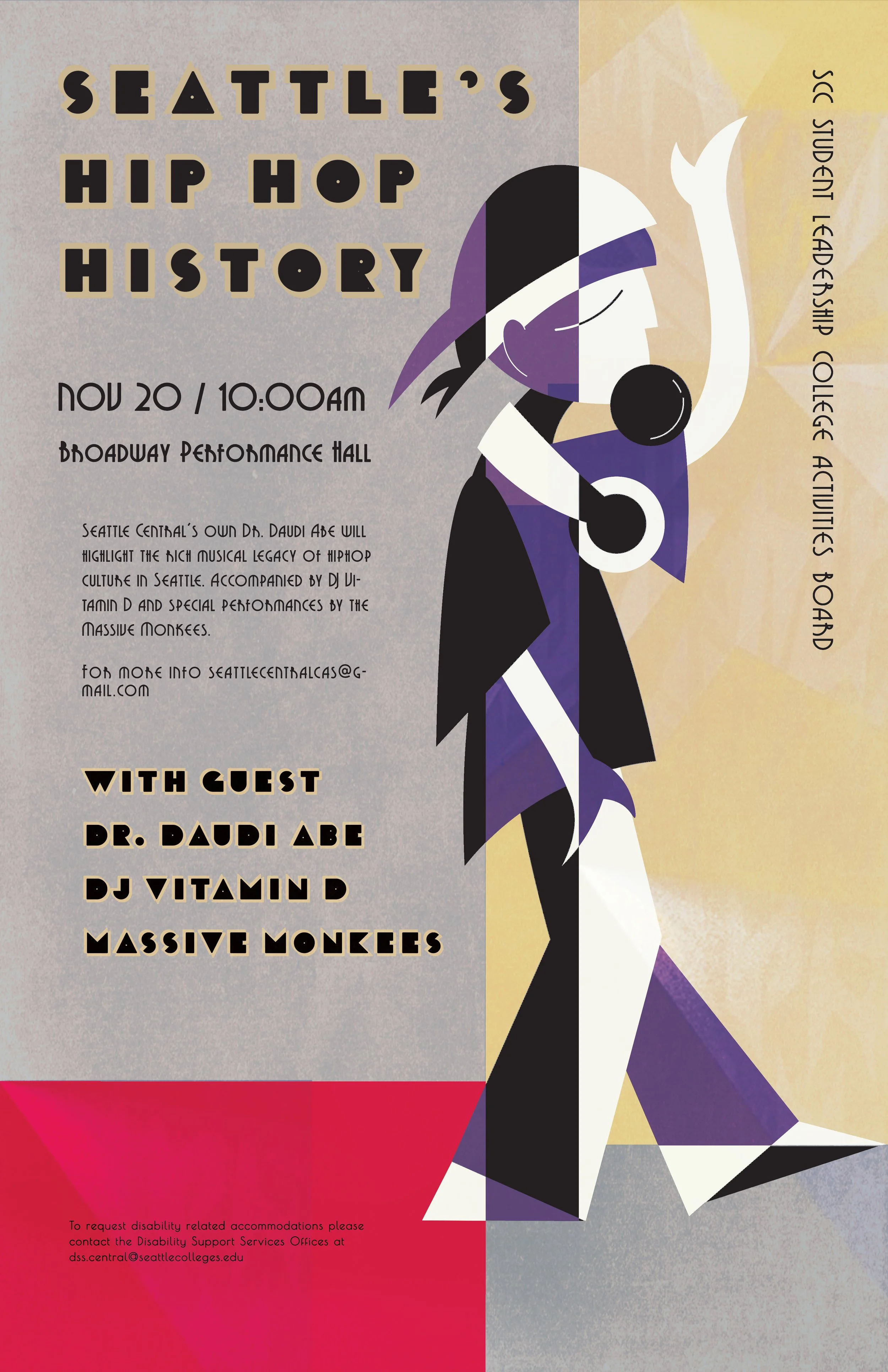The History Of Graphic Design
Question
What ways are current and emerging technologies informing the visual expression of contemporary graphic design?
Response
"Design is in everything we make, but it's also between those things; it's a mix of craft, science, storytelling, propaganda, and philosophy." These words about the nature of design have become a well-known truth for graphic designers. They are the people who build connections between the aesthetic and the functional goals of works.
Graphic designers do the job of communicating to others through visual elements such as images and colors, typography, shapes, and sizes, etc. Graphic design in modern life full of digital devices is getting more and more technological. It covers all facets of human life which deal with visual communication, particularly, including illustrations and interface elements.
Creating mascot illustrations is a general design strategy for concept and content, which can thoughtfully boost positive user experience and enhance brand awareness. It should be based on a thorough analysis of the needs and expectations of the target audience. A successful mascot can catch up with the user's attention and turn a concept into a memory element.
A poster that I created using the Art Deco movement as a style briefAnother function of graphic design elements is focused on explanation and guiding. It is widely used in all types of interfaces, manuals, guides, tutorials, etc. An image is worth a hundred words. It helps people to save valuable time. What's more, graphic design is based on a thorough analysis of the target audience, which appeals to their empathy and emotion and enhances the user experience.
A Tuna Noodle Casserole graphic recipe that I created with no letters, numbers, or wordsOne of my favorite design quotes is from Hillman Curtis. He said, "The goal of a designer is to listen, observe, understand, sympathize, empathize, synthesize and glean insight that enables him or her to make the invisible visible." I believe that great graphic designers can find the problems with their observation and perception, and express their creativity for the sake of satisfying needs and solving problems, both visually and functionally.

